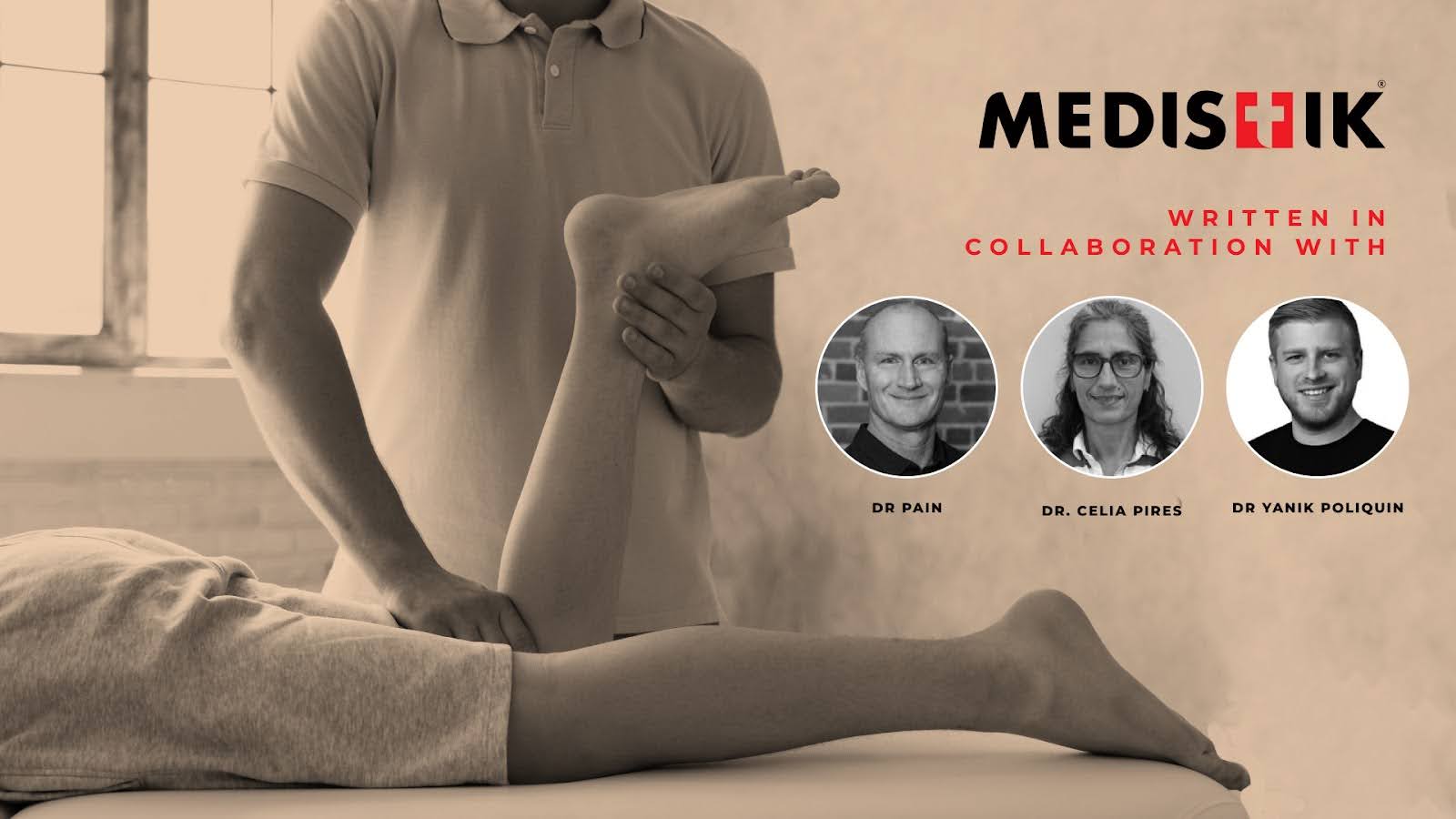Comment guérir rapidement une entorse du mollet : Demandez aux experts

Résumé
- Commencez par des RICE (repos, glace, compression, élévation) dans les 48 à 72 premières heures.
- Utilisez des des compresses froides/chaudes en fonction de l'enflure ou de la tension.
- Une fois la douleur atténuée, procédez à des étirer et renforcer le muscle (par ex. élévation du mollet, chute du talon).
- Restez hydratémangez bien et envisagez un massage ou une physiothérapie en cas d'entorse modérée ou grave.
- Utilisez un analgésique topique comme MEDISTIK pour vous aider à gérer votre douleur.
- Évitez les étirements trop précoces. laissez la guérison commencer.
Qu'est-ce qu'une entorse du mollet ?
Une entorse du mollet est une blessure des muscles du mollet, situés derrière le tibia dans la partie inférieure de la jambe. Les entorses au mollet sont des blessures très courantes, mais elles peuvent être facilement traitées à la maison avec les soins appropriés. Le claquage du mollet est différent de douleur au genouLe claquage du mollet est différent de la douleur au genou, mais il peut être causé par une sollicitation excessive du mollet lors d'exercices comme la course, le saut ou la marche.
Lisez ce qui suit pour connaître les conseils de trois médecins experts.
Comment soigner une entorse du mollet : Conseils d'experts
Comment guérir rapidement une entorse au mollet ? Nous avons demandé à des experts de nous donner leurs conseils sur la guérison, le repos et la récupération des entorses au mollet.
Le Dr Pain, chiropraticien et spécialiste de la rééducation sportive, affirme qu'il s'agit d'une blessure courante : "J'ai souvent vu ce type de blessure : des guerriers du week-end et des athlètes qui ressentent un "pop" ou une tension dans le mollet et qui veulent rebondir rapidement.
Aussi tenté que vous puissiez être d'"étirer" la blessure, vous devez d'abord vous reposer. C'est ce qu'on appelle la méthode RICE (repos, glace, compression et élévation).

Le Dr Celia Pires est du même avis : "Utilisez une compresse froide pendant les premières 48-72 heures, en fonction de l'importance du gonflement. Ensuite, vous pouvez commencer à alterner les compresses froides et chaudes, en essayant d'appliquer 10 minutes de froid, puis 10 minutes de chaud, et répéter l'opération. Si le gonflement persiste, terminez par une compresse froide et si le muscle est tendu, terminez par une compresse chaude. Utilisez MEDISTIK après les compresses".
Une fois que la douleur diminue, vous pouvez commencer à penser à introduire des étirements et du renforcement dans votre routine pour éviter une autre entorse au mollet.
Dr. Yanik Poliquin explique : "Utilisez des massages doux pour favoriser la circulation sanguine après la phase aiguë de la douleur, et une fois que la douleur diminue, introduisez des étirements et des renforcements progressifs. Il est important de rester hydraté pour favoriser la récupération musculaire. Les soins chiropratiques ou la physiothérapie peuvent être utiles pour une rééducation guidée et des modalités d'exercice si votre foulure est modérée ou sévère."
En ce qui concerne les étirements, le Dr Pain recommande des positions isométriques douces, comme des élévations de mollets contre un mur, puis des chutes excentriques du talon. "C'est l'arme secrète pour la récupération des tendons et des muscles.
Principaux enseignements
Si vous souhaitez guérir rapidement d'une entorse au mollet, nos trois médecins experts vous recommandent ce qui suit :

Résumé : Pour guérir rapidement d'une entorse au mollet, reposez-vous et appliquez de la glace sur la blessure, puis, une fois la douleur apaisée, pratiquez des étirements et des exercices en douceur.

Written in Collaboration with Dr. Celia Pires, BPHE, B.Sc., D.C.
Written in Collaboration with Dr. Celia Pires, BPHE, B.Sc., D.C.
Dr. Pires is a leading chiropractic doctor and the Director of St. Clair West Chiropractic & Wellness Clinic in Toronto. With over 25 years of experience, she specializes in sports injuries, rehabilitation, and pain management.

Written in Collaboration with Dr. Peter Pain, DC
Written in Collaboration with Dr. Peter Pain, DC
Dr. Pain is a highly experienced chiropractor specializing in sports injuries, functional movement, and athletic performance.With 25+ years of experience, he has worked with athletes at every level from weekend warriors to professional Olympians and national-level competitors.

Written in Collaboration with Dr. Yanik Poliquin, BHSc., D.C.
Written in Collaboration with Dr. Yanik Poliquin, BHSc., D.C.
Dr. Yanik Poliquin is a dedicated and passionate Doctor of Chiropractic with a deep-rooted commitment to helping individuals move better, feel stronger and recover faster.
Articles connexes
-
![]() Pain Management
Pain ManagementQuel est le traitement de la douleur de l'articulation sacro-iliaque ? Demandez aux experts
Résumé Une élongation du mollet est une blessure fréquente due à une sollicitation...4 Min. To Read -
![]() Pain Management
Pain ManagementQuel est le meilleur analgésique pour la douleur au genou ? Demandez aux experts
Résumé Une élongation du mollet est une blessure fréquente due à une sollicitation...4 Min. To Read
 - LIVRAISON GRATUITE POUR LES COMMANDES $50+
- LIVRAISON GRATUITE POUR LES COMMANDES $50+

 - LIVRAISON GRATUITE DÈS 40 $ D’ACHAT
- LIVRAISON GRATUITE DÈS 40 $ D’ACHAT













